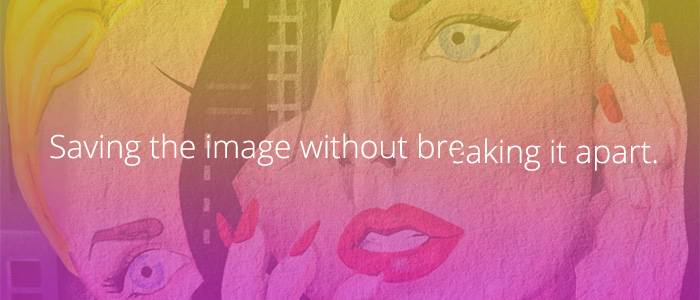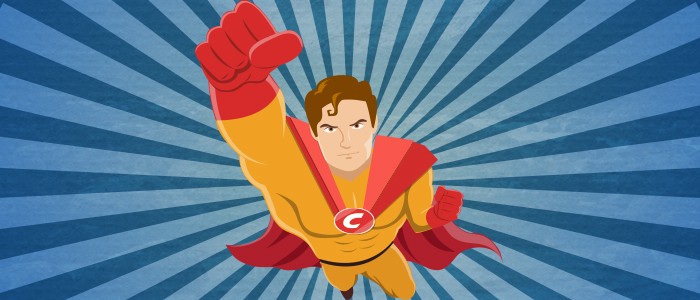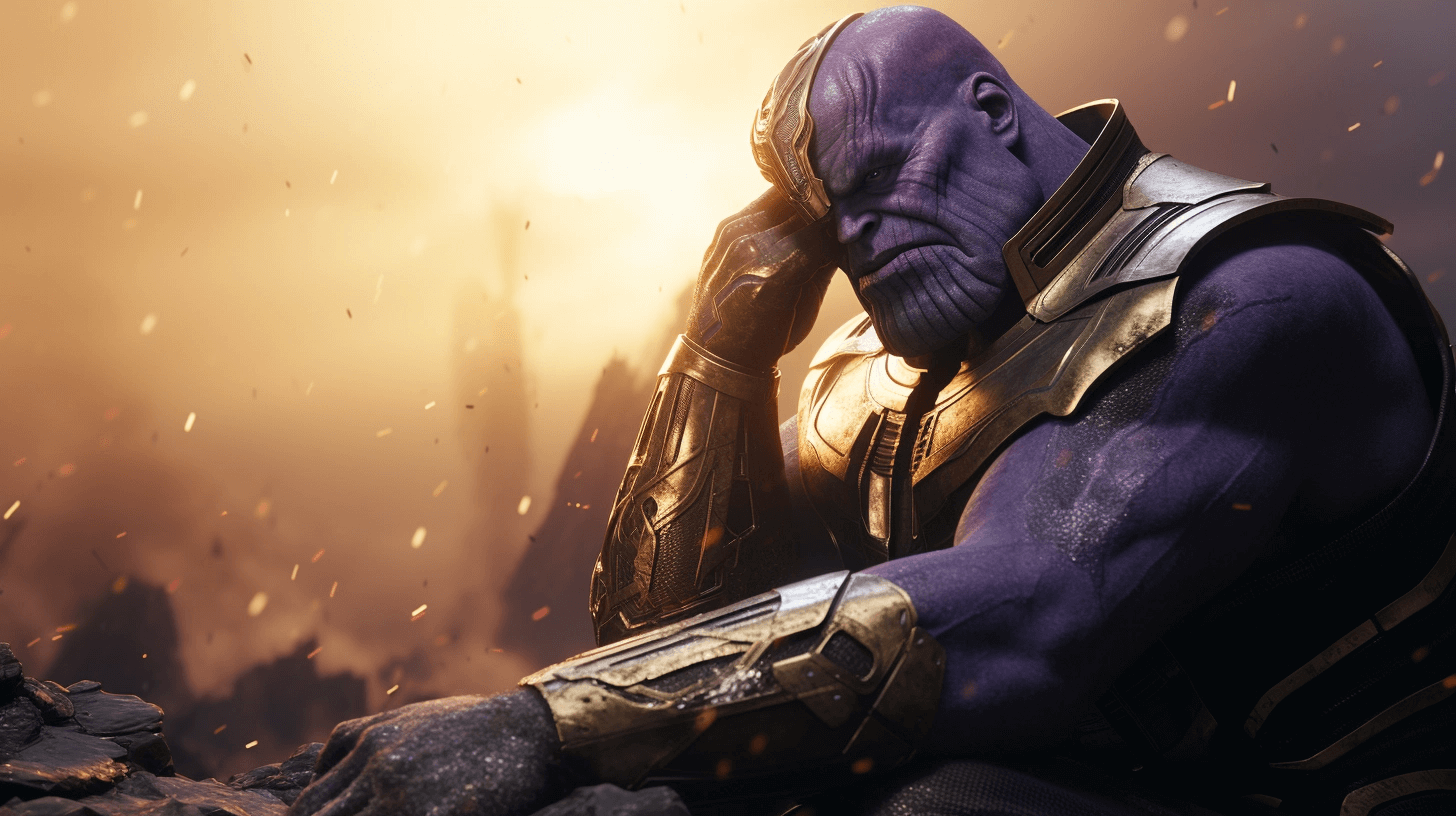Image Optimization Superhero - Compressman
Yes, you need Image Optimization.
Today images and image optimization process are integral part of our life. Wherever we go, they go with us. They are in our social life: Intsatgram posts, 9gag memes, Facebook pictures - you name it. You can't imagine a social network without images. You can't imagine any web site without images. What is the fastest way to receive information? Yes, it's images. Actually, well-optimized images.
Every blogger uses beautiful visuals for every single post. When we google step-by-step "how-to" instructions, when we read an article or just serfing the internet, even when we look for an advice or when we are just surfing the World Wide Web - images are all around us. Even if you try to disable them manually on every web site and web portal - the experience will be drastically difference. Today the Internet is designed to be experienced with images. But what image optimization has to do with it? Why optimize them?
Well-optimized images are your best friends.
Reasons for image opmtimization's importance are pretty simple. Any image you see is often the reason for most of the downloaded bytes on a web page. Plus, they also often occupy a largest amount of visual space. Sometimes all we see is a bunch of images. As a result, optimizing images can often give us some of the largest byte savings. That means that web site will take less time to render. Also, site's performance will improve. And that's because there are less bytes to deal with. The fewer bytes the browser has to download, the less competition there is for the client's bandwidth and the faster the browser can download and render useful content on the screen. This is why image optimization matters the most.
Compressing and optimizing an image

Before Compressman Image Optimization: 182 Kb. After: 25 Kb. Source: Unsplash.com
Compressing any given image is drastically different than compressing anything else, for example raw binary data. Sure, well-known compression programs can be used to compress images, but the final result is far and far less than acceptable. That is because images have some statistical properties. These statistical properties can be used by encoders, but not by all of them. Only by those which are designed specifically for them. In addition, some of the little details in the chosen image can be lost for the need of saving a little more of storage space.
The best compression methods involve with compressing data which, when optimized, looks like an exact copy of the original image. They need to be exactly recreated when compressed, optimized. On the other hand, images - and music also, by the way - need not be recreated 'as is'. An approximation of the original image is pretty enough for most cases, as long as the visible difference between the original and the compressed image is acceptable. Well, if there is any.
Compress JPEG and PNG for more profit.
A good looking, optimized image can transform a bunch of text into an wonderful experience while you read. Vivid and optimized images make a blog post better, make it more suitable for sharing and set the mood and brand of your entire site. A perfect chosen and optimized image sends a message to your audience. You get the point.
And you know what? Audience will respond to images. Especially to well-optimized ones because of short render time. That is how human brain works. We see images first. Even before we read an article we already know if we want to read it. That’s why using good, optimized and suitable imagery alongside with well-written text in your content is a really powerful tool to use for achieving your goals.
Someone might think that bigger size of an image means more quality, better visuals. Well, actually that means that they do not understand much in image optimization. That is OK, however, we all learn something new every day. The ways and methods of image optimization allows to reduce unacceptable size while image itsels stays the same visually. Sometimes the difference in bytes might be fantastic: more than 80% with the same visual quality.
Bigger does not mean better.
Although, if you’re not careful, images can account for over half - or even more! - of your web page’s total size. Just a few years ago, the average size of a web page was 600–700K. Now, the image size average is approximately 2 MB, and it’s increasing every year.
That’s a lot of bytes! The main reason this is happening is because a lot of web sites and web portals use more and more and more poorly optimized images. Of course, these images aren’t sized the right way, hence optimized. Which leads us to conclusion - these images aren’t saved or optimized in a web-friendly way, or mobile-friendly way - which is even worse. Instead, these bad, bad images are making your pages slower, harder and longer to render.
Problem is that there only so many people who are concerned with an importance of correct image optimization.
Why you need Image Optimization.
A lot of bloggers, honestly speaking, leave image optimization process as an afterthought. Like it is not important or less important, than well-written text. Those guys would rather spend more time on creating another fancy and coll post or chatting with other bloggers. There is nothing wrong with that.... And, as you already know, there is a lot of wrong with that. All at the same time.
But, having bigger and bigger web page size means that your web page loading speed is about to change. It will increase drastically and not in a positive way. May be some one thinks it is not a big deal. It is not, really, if you have a high-speed internet connection. But the case is, that not everyone have this kind of internet connection. Plus, none of the SEO systems like long render times for web pages.
Still not sure about diving deep into image optimization process? It is not just us talking about this much needed operation. Here, check out this speech by Lara Hogan about image optimization, it's ways and methods.
Image Optimization matters.
Image optimization is an art and science at the same time: an art because there is no one 100% right answer for how best to compress any image; and a science because there are many well developed methods and algorithms that can reduce the size of an image for a large amount of bytes. Finding the best settings for your image requires in-depth analysis and work along many themes. These are: formats' plus and cons, content of crypted data, quality, pixel dimensions, and more. Well, to be honest, all that stuff isn't reqiured anymore - you can just use compressman.com and get the best result possible. We already have done all the needed work and research. Compressman, once he get yout image, will find the best way to optimize it.
Anyway, are there really so many images? May be image optimization is a problem for, like, couple of web sites? According to a 2011 study by AOL/Nielsen showed that 27 million pieces of content were shared every day. Approximately 3.2 billion images are shared each day. Just think about it - 3.2 billion images! That's more than 37 000 image shares per second! So that's a lot of traffic, right? Image all the problems and truoble user can get dealing with this amount of images. Which is why all of them need image compression and image optimization. Which is why the world needs Compressman - Universe's first superhero dedicated his life to saving your images.
We created Compressman - the ultimate hero of Image Optimization and Compression.
A lot of already-known online image optimization tools are server-side. What does that mean? It means, that once you choose an image, web site will upload it to the server. Is that a good thing? Kinda.... no. Once again you have to wait for image transferring. You have to wait until web site will send your image to the server. Then, you have to wait until the server will optimize your image. After that, you have to wait until the server will send your image back. And only now you will see the download button.
So, why is server-side image optimization a second-best choise? First of all, you will wait longer if there is an overload on the server. In that case, the server can't handle all the requests. It starts to work slower. Then again, yoi will wait longer if internet traffic is just bad.
Offering a client-side service, Compressman does not arose any collateral damage to your traffic - at all. All of the image optimization is happening at your device. Since it is a matter of seconds, your device will not work slowly. Forget about internet traffic, we don't even use it for your image optimization.
We will also be building useful services around our superhero. Of course, Compressman also has a passionate team supporting it. So you can expect the project to get the love and attention it deserves. Compressman's superability for image optimization will only get better.
Faster than a flash.
Most noteworthy, Compressman does his job of image optimization and compression right in front of your eyes. Seriously, it's blink-and-you-miss-it level fast. The whole process of image optimization is uses a new and hence revolutionary way. Finally, from now on you don't have to wait for upload's finish. The image optimization now happens on your side. You don't go to Compressman. Actually, he comes to you and optimizes your images at your device. Which device are you using? Well, it doesn't matter, since compressman.com is well tested and optimized for any device. Mac? Checked. PC? Checked. Tablet? Checked. Smartphone? Checked!
That's how you do Image Optimization.
Now, let's see how exactly Compressman delivers unbelievable results. So, let's examine this sunset image from Unsplash.com. Here we see a lot of colour gradation, some really bright whites with some overly deep blacks in the middle of the image. Also there are touches of orange and blue everywhere.

Before Compressman Image Optimization: 161 Kb. After: 56 Kb. Source: Unsplash.com
For sure, all of this beauty should be preserved... Well, we cannot say the same about that image's size. Original image size was 161 Kb which probably is not the best for, let's say, blog post. After setting the image quality level to 50 we get astonishing result: the image stays the same visually, but it's size is reduced to 56 Kb! Well done, Compressman!
A way to reduce image's size.
Let's do another one, something contrasty. And what can be more contrasty than a picture of dramatic sky? Right answer: well-optimized picture of dramatic sky! So, what do we have here? We can see overly bright whites in the center of an our image. In the upper right corner there are very dark black areas. On the left side there are some blue variations.

Before Compressman Image Optimization: 113 Kb. After: 15 Kb. Source: Unsplash.com
And, as always, all of this beauty should be preserved... And again, we cannot say the same about that image's size. Original image size was 113 Kb. Thatks not OK. After setting the image quality level to 70 (due to high-contrast of our image) we get amazing result: the image yet again stays the same visually, but it's size is reduced to....are you ready? 15 Kb! Superb job, Compressman!
Into the Future.
With more than 37 000 images been shared every day, the world needs an image optimization hero. There were so many troubles because of bad image optimization. All of those web sites and web portals working poorly. All of those infinite image downloades. No more! Not it is Compressman's time to shine.
Billions and billions of people use internet every day. They visit billions and billions of web sites and web portals. The diversity of devices, operating systems, hardware components, software components is overwhelming. Everyone should experience Compressman's mighty power the same, awesome and amazing way. That is what we believe here, at Compressman's team office. The amount of devices and different components is making our superhero's mission only more challenging and rewarding.
With Compressman, we realized we needed to be sure to support as many devices and operating systems as we could. Not an easy task, but we did it, we succeeded. We managed to achieve this level of quality service. Also, Compressman will support modern browsers as well as old ones on any operating system, whether it is Windows, Linux, iOS, Android and many others. Many of our updated, of course, it will focus on web site's performance and image optimization.
Way to go, Compressman!

 By Compressman Team on 05 January, 2018
By Compressman Team on 05 January, 2018 




